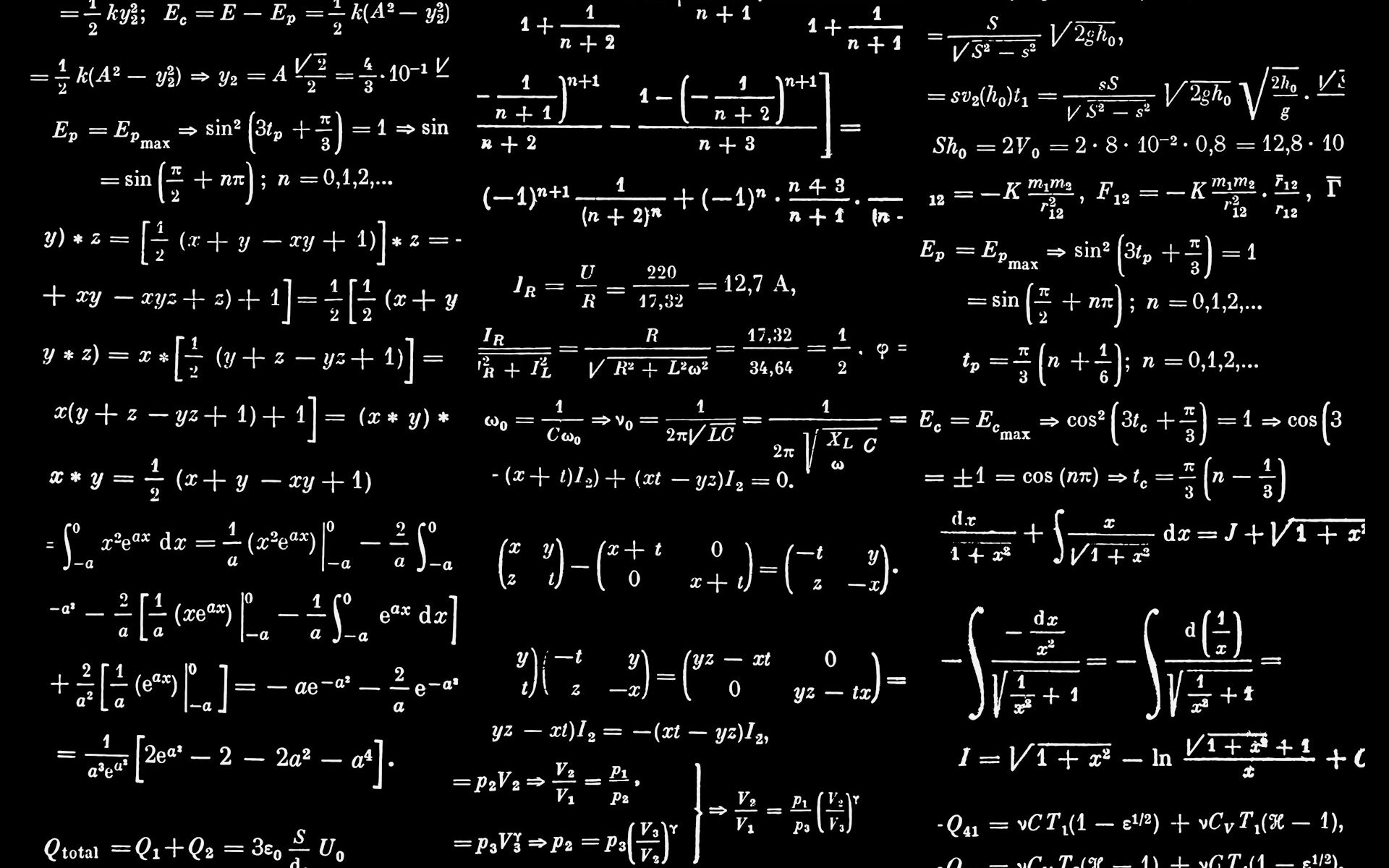Godfrey Harold Hardy, universally known as G.H. Hardy, remains a monumental figure in the realm of pure mathematics, particularly celebrated for his profound contributions to mathematical analysis and number theory. Born in 1877, Hardy epitomized the ideal of mathematics for its own sake, famously stating that he never did anything ‘useful.’ His collaboration with Srinivasa Ramanujan, a self-taught Indian mathematician, is one of the most remarkable partnerships in the history of science.
Hardy’s early life was steeped in mathematical aptitude. He excelled at Winchester College and later at Trinity College, Cambridge, where he was coached by Robert Alfred Herman. Despite initially studying mathematics to please his parents, Hardy quickly developed a deep appreciation for its intrinsic beauty and rigor. He abandoned applied mathematics, which was then dominant at Cambridge, and devoted himself to pure mathematics.
Hardy’s work in mathematical analysis is extensive and influential. He made significant contributions to areas such as infinite series, integration, and inequalities. His book, ‘A Course of Pure Mathematics,’ published in 1908, revolutionized the way mathematics was taught in English-speaking universities. It emphasized rigor and clarity, setting a new standard for mathematical textbooks. The book covered topics like real numbers, limits, continuity, differentiation, and integration, providing a solid foundation for students venturing into advanced mathematical studies. This focus on rigorous proofs and clear exposition set Hardy apart as a pedagogue and scholar.
Hardy’s Collaboration with Ramanujan
The collaboration between G.H. Hardy and Srinivasa Ramanujan is legendary. In 1913, Hardy received a letter from Ramanujan containing a collection of extraordinary mathematical results. Recognizing Ramanujan’s genius, Hardy invited him to Cambridge. Despite facing cultural and health challenges, Ramanujan flourished under Hardy’s mentorship. Together, they produced groundbreaking work in number theory, including results on the partition function and the distribution of prime numbers. This partnership not only enriched mathematics but also highlighted the importance of recognizing and nurturing talent, regardless of its origin.
Hardy-Littlewood Circle Method
Another significant contribution by Hardy, in collaboration with John Edensor Littlewood, is the Hardy-Littlewood circle method. This powerful technique is used to tackle problems in additive number theory, such as Waring’s problem, which asks whether every natural number can be represented as the sum of a fixed number of kth powers. The circle method involves complex analysis and Fourier analysis to estimate the number of solutions to Diophantine equations. Their work laid the foundation for much of modern analytic number theory.
A Mathematician’s Apology
In 1940, Hardy wrote ‘A Mathematician’s Apology,’ a poignant essay on the nature and value of mathematics. In it, he defended the pursuit of pure mathematics as an aesthetic endeavor, akin to art. He argued that the most beautiful and significant mathematics is that which has no practical application. Hardy’s apology remains a compelling defense of intellectual curiosity and the pursuit of knowledge for its own sake. It offers insights into the mind of a mathematician and the motivations behind their work.
Legacy and Influence
G.H. Hardy’s influence on mathematics is undeniable. His emphasis on rigor, his contributions to analysis and number theory, and his advocacy for pure mathematics have shaped the field for generations. His students, including mathematicians like Mary Cartwright and Harold Davenport, went on to make significant contributions of their own. Hardy’s legacy extends beyond his research; he left a lasting impact on mathematical education and the appreciation of mathematics as a creative and intellectual pursuit. Through his work and his writings, G.H. Hardy continues to inspire mathematicians and thinkers around the world. His dedication to the beauty and purity of mathematics serves as a timeless reminder of the value of intellectual exploration.

